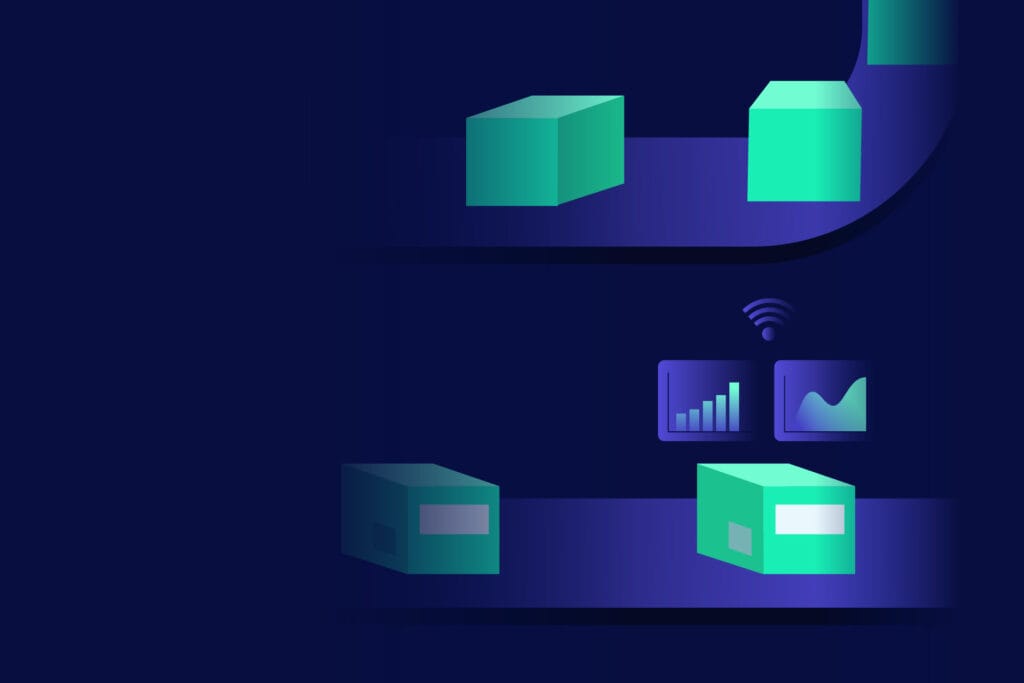The Gist
Agentic AI in cybersecurity is quickly becoming the most dangerous tool in the cybercriminal arsenal.
Agentic AI—systems capable of autonomous decision-making and goal pursuit—are rapidly changing the business landscape. On the one hand, it provides massive productivity and efficiency gains to businesses that are modernizing, and on the other hand, it provides cybercriminals with the same benefits.
Where generative AI was used to write phishing emails or create deepfakes, agentic AI in cybersecurity can now run entire attack campaigns: selecting targets, gathering intel, launching conversations, impersonating executives, and executing fraud—all without human input.
The scariest part? Attackers no longer need to be skilled. They just need a system that is.

What is Agentic AI in Cybercrime?
Agentic AI in cybersecurity refers to artificial intelligence systems that operate independently—capable of setting objectives, making decisions, and adapting without human input.
In the context of cybersecurity, it marks a shift from AI as a tool to AI as an active agent in cyberattacks. These systems don’t just automate tasks—they plan, escalate, and execute multi-stage operations. And they do it in real time.
How Does it Work?
Early social engineering attacks relied on volume. Then generative AI introduced realism and personalization. Now agentic AI takes it further by bringing reasoning, adaption, and autonomy to the attack chain.
A recent Forbes article outlines that with agentic AI in cybersecurity, bad actors now have their own “attack agents” that are capable of:
- Profiling targets using social media, leaked data, and email metadata.
- Generating multilingual, contextual content that mirrors corporate tone and language.
- Maintaining convincing interaction across email, chat, and even video.
- Evading detection using polymorphic malware and dynamic behavioral mimicry.
- Injecting malicious code/prompts into LLMs to poison downstream decision-making.
As these AI systems evolve, they’re already reshaping the threat landscape. Here’s how agentic AI translates into real-world tactics:
- Multi-stage attacks: Given that agentic AI possessesmemory, it can be instructed to leverage data from previous interactions with a potential victim and use it to formulate a second or third attack stage. With the ability to store and learn from data, these agents can autonomously map outattacks tailored to their intended target.
- Multi-modal attacks: These AI agents can also conductattacks through different communication mediums. After identifying a target, AI agents can assault them with a barrage of phishing emails or calls utilizing deepfake technology to increase their chances of success.
- Adaptive spear phishing: Rather than being prompt-based, agentic AI operates autonomously. These agents can collect data from various sources like social media profiles and craft particular phishing emails without the criminals’ input. Messages sent can be adapted to specific events or the target’s location, like a holiday, business trip, or acquisition, ultimately making them more believable and dangerous.
These AI agents are already reshaping the threat landscape—escalating attacks, adapting in real time, and making defense exponentially harder.
Trustmi’s Take
The barrier to entry for fraudsters is dropping fast, as AI can now independently gather data, craft convincing messages, and execute attacks across channels. To counter this, organizations must fight AI with AI: only behavioral AI solutions that integrate directly into ERP and payment systems can provide the end-to-end visibility and anomaly detection needed to stop these threats in real time.
Trustmi’s approach delivers continuous, organization-wide monitoring to catch even the most sophisticated, evolving attacks before damage is done. In today’s landscape, adaptive, embedded AI isn’t just an advantage—it’s essential for defense.
Want to eliminate AI-powered attacks? Check out our guide to eliminate socially engineered fraud.














